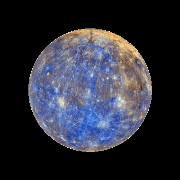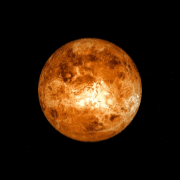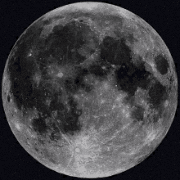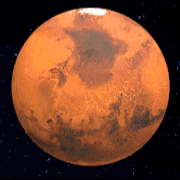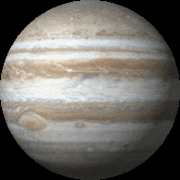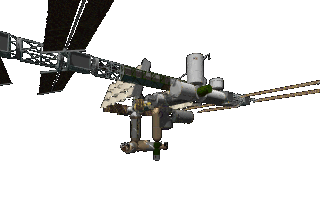TThe Moon, Earth's only natural satellite, plays a crucial role in stabilizing our planet's axial tilt, which influences climate and seasons.
Its surface is rich in resources, including water ice in permanently shadowed craters, which could support future lunar bases and serve as a resource for deep space exploration.
Establishing a base on the Moon is vital for several reasons.
It would serve as a testing ground for technologies and life support systems necessary for long-duration missions to Mars and beyond.
A lunar base could facilitate scientific research, including studies on the Moon's geology and its history, as well as experiments in low-gravity environments.
Furthermore, a permanent presence on the Moon could foster international collaboration in space exploration and inspire future generations in STEM fields.
.
Facts About the Moon
Distance from Earth: The Moon is approximately 384,400 kilometers away from Earth.
Size: The Moon has a diameter of about 3,474 kilometers, making it the fifth largest moon in the solar system.
Surface Features: The Moon's surface is covered with craters, mountains, and flat plains known as maria, formed by ancient volcanic activity.
Gravity: The Moon's gravity is about 1/6th that of Earth's, which affects how objects move and behave on its surface.
Water Ice: There are significant deposits of water ice in permanently shadowed craters, particularly at the lunar poles, which could be crucial for future missions.
Lunar Phases: The Moon goes through a cycle of phases, from new moon to full moon, approximately every 29.5 days.
Tidal Effects: The Moon's gravitational pull is responsible for the ocean tides on Earth, influencing marine ecosystems and coastal environments.
Importance of Returning to the Moon and Establishing a Base
Resource Utilization: A lunar base could utilize local resources, such as water ice, for drinking water, oxygen production, and even rocket fuel, reducing the need to transport everything from Earth.
Testing Ground for Mars Missions:
The Moon serves as an ideal location to test technologies and life support systems for long-duration missions to Mars and beyond, allowing for risk assessment and problem-solving in a relatively close environment.
Scientific Research: Establishing a base would enable continuous scientific research, including studies on lunar geology, solar radiation, and the effects of low gravity on biological systems.
International Collaboration: A lunar base could foster international partnerships in space exploration, promoting peaceful cooperation and shared scientific goals among nations.
Inspiration for Future Generations:
A human presence on the Moon can inspire interest in science, technology, engineering, and mathematics (STEM) fields, encouraging the next generation of explorers and innovators.
Long-term Human Presence: Establishing a base on the Moon is a step toward a sustainable human presence in space, paving the way for future exploration of other celestial bodies.
Returning to the Moon and establishing a base is essential for advancing human exploration and understanding of our solar system, as well as for ensuring the long-term survival of humanity beyond Earth.



